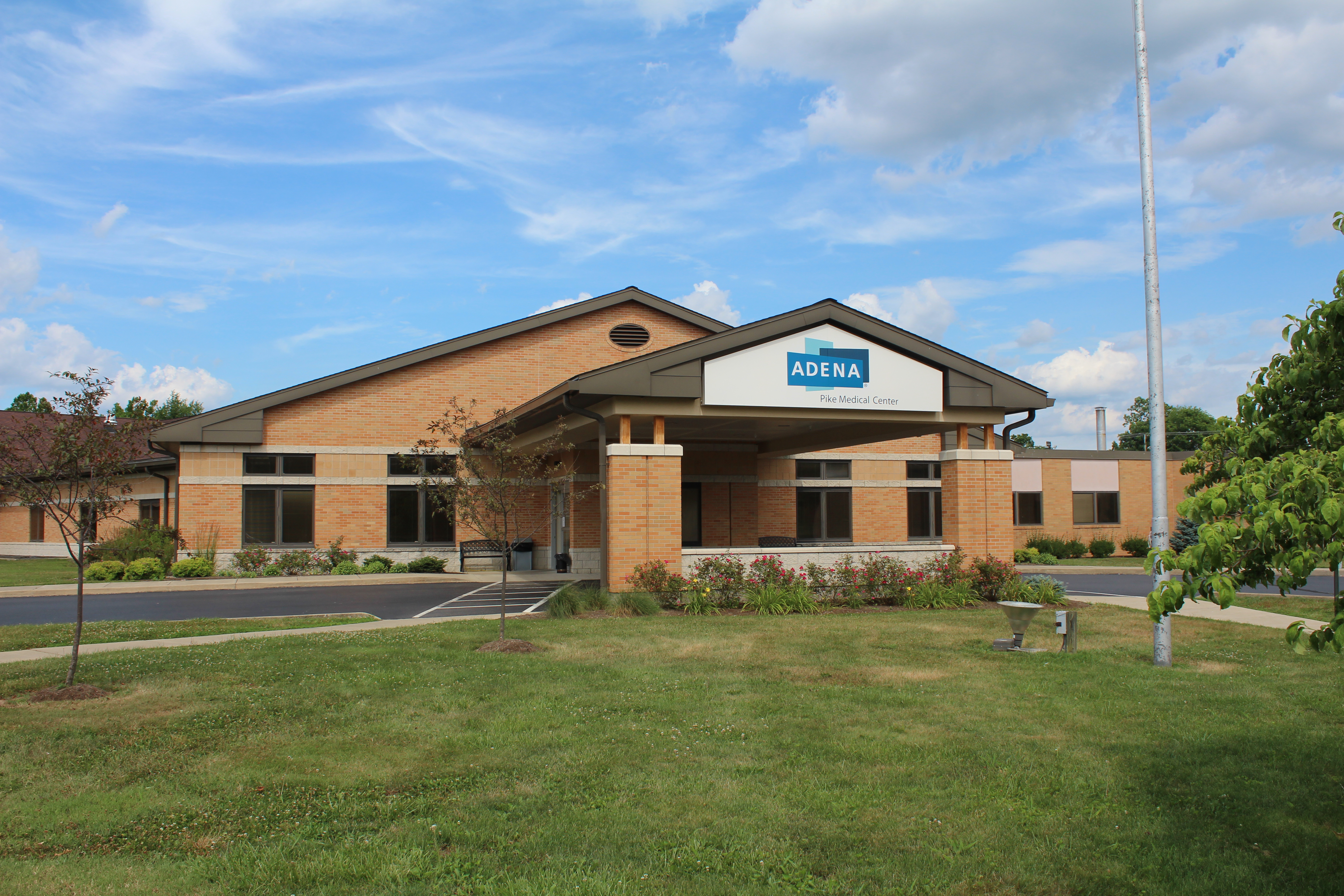Adena investing in the future of advanced cancer treatment keeping patients close to home

In the war against cancer, Adena Health System is taking the next step in building its technological arsenal.
The latest weapon: A precision-strike approach to attacking tumors in the brain and elsewhere created by medical technology firm Brainlab that will be available sometime the latter part of 2023 and should help make the Health System a destination for advanced radiotherapy care.
“We want to become a treatment destination within our nine-county region, and Adena has invested in this equipment for us to realize that objective and goal,” said Mark Stiteler, Radiation Oncology Manager at the Adena Cancer Center.
The Health System’s investment in that technology, with the help of a $100,000 contribution from the Adena Health Foundation, will take Adena’s already quality cancer care to yet another level over the next couple of years.
When the Cancer Center opened in 2012, it was equipped with a pair of linear accelerators that allowed for creation of a stereotactic body radiotherapy (SBRT) service line to provide SBRT services addressing tumors in the lung, spine and abdomen. The industry-standard lifespan for such accelerators is 8 to 10 years – in large part because of advances in technology over the course of a decade – and when a letter of commitment was signed in 2020 to start the process to replace the existing linear accelerators, thoughts turned to expanding available radiotherapy services that would allow patients to received that type of advanced care close to home.
The expansion will, over time, incrementally include SBRT to all tumor sites, stereotactic radiosurgery (SRS), and fractionated brain SBRT for patients with multiple brain metastasis. Even more importantly, those treatments will use radiation beams that can be directed very precisely because of the increased imaging technology inherent with the new system.
“When physicians create a margin around a tumor for conventional radiation treatments, that margin includes some normal tissue,” Stiteler said. “For stereotactic radiosurgery of a brain lesion, however, we don’t want to have any margin because of the increased risk of normal tissue necrosis. We must to be able to hit the tumor without any normal tissue necrosis. Brainlab will allow us to do that.”
The system permits real-time imaging while treatment is taking place and can stop a treatment, realign, and pick up the treatment right where it left off if it detects tumor movement beyond a pre-set level. In addition to making sure the treatment is maintaining pinpoint accuracy on the tumor, this also may shorten treatment times that under the current system may require re-imaging to be done if a significant movement takes place. The movement tolerance for each patient under the new approach could also be personalized based on the treatment being performed.
The first step to reaching that final destination is being taken this year with the purchase of the first of two TrueBeam linear accelerators from Varian that, upon its expected arrival later this year, should allow for some expansion of services. Among them may be Deep Inspiration Breath Hold, which can help protect the heart during radiation treatments for left-sided breast cancer patients, and respiratory gating treatments that use advanced computer software to guide the delivery of radiation to areas of the body that may see tumor movement during the respiration cycle.
The second new linear accelerator is planned for some time in 2023, and with that one will come the new equipment and software that will allow for the SRS treatment in areas that include the brain. In addition to its precision during treatments, new software also will provide tools to assist in treatment planning.
The addition of that new equipment and software should not significantly impact the patient experience during a treatment session. It will, however, assist in the ability to recruit high-level brain neurosurgeons and provide a level of care close to home for brain conditions that is mostly unheard of in community-based cancer centers. Initial discussions have been held, in fact, about the possibility of Adena becoming a Center for Excellence once the system is implemented. Should that happen, Stiteler said, it would mean similar community-based centers from across the country that are looking to offer these types of services would be visiting Adena to see how the system can be implemented.
With statistics showing the region served by Adena has a high incidence of cancer, Stiteler said it makes sense to have this type of advanced treatment option close to home for patients who currently have to travel outside our region. “When we get this technology, we want to eliminate them driving by us,” he said. “We want this to be the destination.”
The contribution to the new equipment and software is just one of many ways generous donors to the Adena Health Foundation are making a major difference in the health of our community. You can learn more about how you can assist the Foundation’s work by visiting adena.org/foundation.


Quality of Adena Pike Medical Center’s acute stroke ready care recognized with certification renewal